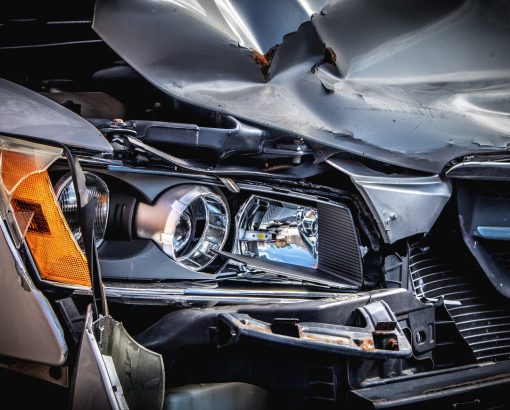

 Defense Verdict in Waterbury | Fatal Pedestrian and Truck Accident
Defense Verdict in Waterbury | Fatal Pedestrian and Truck Accident
Attorneys Sarah Christie and David Hassett successfully obtained a defense verdict following a two-week jury trial in Waterbury Superior Court in Connecticut.
The accident occurred at night on Route 6 in Woodbury, Connecticut when the decedent pedestrian was attempting to cross the roadway. The decedent was walking home from a local gas station convenience store and was wearing dark clothing. He had crossed one lane of travel and entered the defendant’s lane of travel when he was struck by the defendant’s commercial heavy duty pickup truck. He sustained fatal injuries including a brain injury, numerous fractures and internal injuries. He was transported from the scene to a hospital but died two days after the accident.
The decedent’s estate alleged that the defendant driver was negligent insofar as he failed to keep a proper lookout for pedestrians, failed to take evasive action and failed to apply the brakes in time to avoid a collision.
Following the collision, the defendant volunteered to responding officers that he was driving home after having dinner at a restaurant with his wife and that he had one alcoholic beverage with dinner prior to the accident. The defendant underwent a field sobriety test at the scene which he passed. Further, the defendant agreed to have his vehicle impounded for evidence following the accident.
The decedent’s bloodwork taken at the hospital revealed he had a highly elevated blood alcohol concentration at the time of the accident. At trial, both parties offered expert testimony from toxicologists to address issues of alcohol use and its impact on cognitive function and motor skills.
Both parties had accident reconstructionists testify at trial. The plaintiff’s accident reconstructionist testified that the defendant’s headlights would have illuminated the decedent at a distance which would have allowed the defendant to perceive the decedent in the road and apply his brakes in time to avoid the accident. The defendant’s accident reconstructionist testified that there was no evidence of speeding and that there was no physical evidence at the scene to allow the plaintiff’s expert to reliably conclude that the defendant should have been able to avoid the accident. The defendant testified that he was driving at approximately 30 mph when he observed the decedent in the middle of the roadway, on the double solid yellow line. He immediately applied his brakes but could not avoid colliding with the decedent.
Eyewitnesses who were occupants of a vehicle traveling in the opposite direction testified that they observed the decedent crossing the road in front of their vehicle and confirmed he was wearing dark clothing and looking down at the road.
The jury deliberated for ninety minutes before returning a defense verdict in favor of the defendant driver.


